Ireland’s sovereign wealth fund would be open to investing in social housing but will be careful not to allocate too much of its €7bn capital to low economic impact projects, according to its head of infrastructure and credit.
Donal Murphy, previously head of project finance at Bank of Ireland and part of an in-house team that has grown from 13 to 35, said the National Pensions Reserve Fund (NPRF) was initially examining domestic investment propositions on the binary basis of providing an economic impact, or lacking one.
However, the NPRF, which will soon become a sovereign development fund and rebranded the Ireland Strategic Investment Fund (ISIF), will assess impact based around the amount of construction involved, according to Murphy.
He told delegates at an infrastructure conference organised by Stirling Capital: “Once there is a construction element to it, a reasonable construction element to it, there is deemed to be a positive economic impact, and, therefore, [it] will fall in our remit.”
“We are not going to invest on a pro-rata basis relative to the scale of the economic impact.”
Murphy said there was likely an argument for splitting the portfolio between projects with a high economic impact and those with a lower but still noticeable benefit to the economy.
“Something like social housing probably falls into the low economic impact bucket, and what we are trying to make sure is that, over the lifetime of the fund, 75-80% of our investments have a high economic impact, but 20-25% have a low economic impact,” he said.
The Irish government has pledged a social housing construction programme for the coming years and is hoping to attract capital from the pensions sector, and ISIF, to the market.
Murphy also explained why ISIF would not have a strict asset allocation for any one asset class.
“Particularly when you have state backing, there’d be an absolute expectation that it would be achieved in a certain period of time,” he said.
He added that the challenge in Ireland was deal size, as there were not many large transactions taking place in the market.
“We are hoping there is going to be another round of infrastructure investments announced very soon, and potentially some of the really large projects will come back on the horizon,” he said.
Murphy noted that the Dublin underground, known as the DART Underground and first proposed in the 1970s, was once again being discussed, offering the potential for a large-scale project.
Eugene O’Callaghan, head of investments at the NPRF, has previously said the ISIF would be “very interested” in small-scale public-private partnerships, while the government has argued it is essential it act as an alternative source of project finance.
O’Callaghan previously spoke with IPE about the ISIF’s challenge in having a dual bottom line of economic growth and financial returns.
For more about the ISIF’s dual investment objective, see IPE’s interview with Eugene O’Callaghan



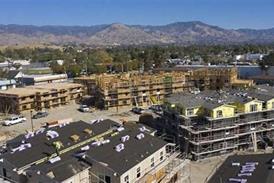
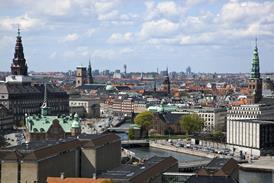



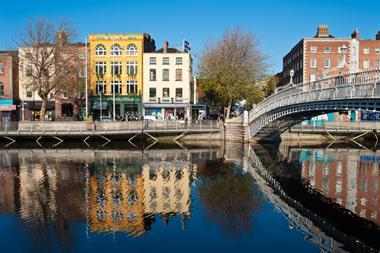
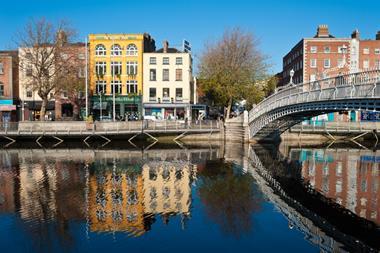

.jpg)
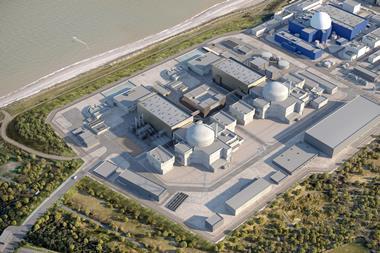


No comments yet